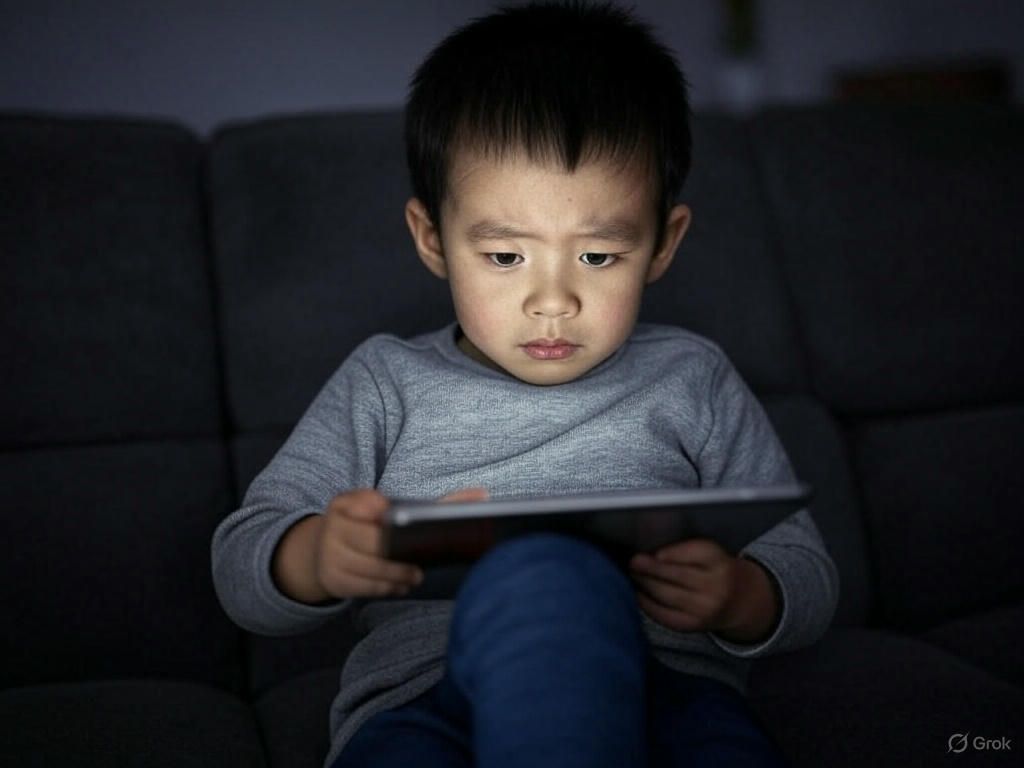Developmental Delay vs Learning Disability: Key Differences and Support Strategies
Introduction to Developmental Delay and Learning Disability
When it comes to understanding childhood development, terms like developmental delay and learning disability are often used interchangeably. However, these two conditions are distinct and require different approaches for diagnosis and intervention. Parents, educators, and healthcare professionals must understand the nuances of developmental delay vs learning disability to provide the best support for children.
Developmental delays refer to a lag in reaching developmental milestones, such as walking, talking, or social interaction. On the other hand, learning disabilities are neurological conditions that affect specific areas of learning, such as reading, writing, or math. Both conditions can significantly impact a child’s life, but they manifest in different ways.
This article will explore the definitions, causes, symptoms, and intervention strategies for both developmental delay and learning disability. By the end, you’ll have a clear understanding of how to differentiate between the two and support children effectively.
Let’s dive into the key aspects of developmental delay vs learning disability to help you navigate these complex conditions.
Defining Developmental Delay
Developmental delay refers to a condition where a child does not achieve developmental milestones at the expected age. These milestones include physical, cognitive, social, and emotional skills that are typically observed in children as they grow.
For example, a child with a developmental delay might start walking or talking later than their peers. This delay can occur in one or more areas of development, such as motor skills, language, or social interaction.
It’s important to note that developmental delays are not always permanent. With early intervention and appropriate support, many children can catch up to their peers over time. However, in some cases, developmental delays may indicate an underlying condition, such as autism spectrum disorder or cerebral palsy.
Understanding the nature of developmental delay is crucial for parents and caregivers to seek timely intervention and support for their child’s growth and development.
Understanding Learning Disability
A learning disability is a neurological condition that affects a person’s ability to acquire, process, or retain information. Unlike developmental delays, learning disabilities are lifelong conditions that primarily impact specific areas of learning.
Common types of learning disabilities include dyslexia (difficulty with reading), dysgraphia (difficulty with writing), and dyscalculia (difficulty with math). These conditions are not related to intelligence; many individuals with learning disabilities have average or above-average IQs.
For instance, a child with dyslexia may struggle to decode words and comprehend text, even though they have strong verbal communication skills. Similarly, a child with dyscalculia may find it challenging to understand basic math concepts despite excelling in other subjects.
Recognizing and addressing learning disabilities early can help children develop effective coping strategies and achieve their full potential.
Key Differences Between Developmental Delay and Learning Disability
While both developmental delay and learning disability can impact a child’s growth, they differ in several key aspects. Understanding these differences is essential for accurate diagnosis and intervention.
- Timing: Developmental delays are often identified in early childhood, while learning disabilities typically become apparent when a child starts school.
- Scope: Developmental delays can affect multiple areas of development, whereas learning disabilities are usually specific to certain skills, such as reading or math.
- Duration: Developmental delays may resolve with intervention, but learning disabilities are lifelong conditions that require ongoing support.
- Underlying Causes: Developmental delays may result from medical conditions or environmental factors, while learning disabilities are primarily neurological in origin.
By understanding these distinctions, parents and educators can better address the unique needs of children with developmental delays or learning disabilities.
Causes of Developmental Delay
The causes of developmental delay can vary widely and may include genetic, environmental, or medical factors. Some common causes include:
- Genetic Disorders: Conditions like Down syndrome or Fragile X syndrome can lead to developmental delays.
- Premature Birth: Babies born prematurely are at a higher risk of experiencing developmental delays.
- Environmental Factors: Lack of stimulation, poor nutrition, or exposure to toxins can contribute to delays in development.
- Medical Conditions: Chronic illnesses, infections, or neurological disorders can also play a role.
Identifying the root cause of a developmental delay is crucial for implementing effective intervention strategies.
Causes of Learning Disabilities
Learning disabilities are primarily caused by differences in brain structure and function. These differences can affect how the brain processes information. Some potential causes include:
- Genetics: Learning disabilities often run in families, suggesting a genetic component.
- Brain Injury: Injuries to the brain, either before or after birth, can lead to learning disabilities.
- Environmental Factors: Exposure to toxins, such as lead, during critical periods of brain development can increase the risk.
- Neurological Conditions: Conditions like ADHD or autism spectrum disorder may co-occur with learning disabilities.
Understanding the causes of learning disabilities can help in developing targeted interventions and support plans.
Signs and Symptoms to Watch For
Recognizing the signs of developmental delay or learning disability early is crucial for timely intervention. Here are some common indicators:
- Developmental Delay: Delayed milestones, such as walking, talking, or social interaction.
- Learning Disability: Difficulty with reading, writing, math, or following instructions despite normal intelligence.
- Behavioral Signs: Frustration, low self-esteem, or avoidance of academic tasks.
- Physical Signs: Poor coordination or difficulty with fine motor skills.
If you notice any of these signs, consult a healthcare professional for a comprehensive evaluation.
Diagnosis and Assessment Methods
Diagnosing developmental delay or learning disability involves a combination of medical, psychological, and educational assessments. Common methods include:
- Developmental Screenings: Tools like the Ages and Stages Questionnaire (ASQ) can help identify developmental delays early.
- Psychoeducational Testing: Assessments like the Wechsler Intelligence Scale for Children (WISC) can diagnose learning disabilities.
- Medical Evaluations: Tests to rule out underlying medical conditions that may contribute to developmental delays.
- Observations: Input from parents, teachers, and therapists is invaluable in the diagnostic process.
Early and accurate diagnosis is the first step toward effective intervention and support.
Intervention Strategies and Support Options
Both developmental delay and learning disability require tailored intervention strategies to address the child’s unique needs. Some effective approaches include:
- Early Intervention: Programs like speech therapy, occupational therapy, and physical therapy can help children with developmental delays catch up to their peers.
- Special Education Services: Individualized Education Plans (IEPs) can provide targeted support for children with learning disabilities.
- Behavioral Therapy: Techniques like Applied Behavior Analysis (ABA) can address behavioral challenges associated with developmental delays or learning disabilities.
- Parental Support: Educating parents about their child’s condition and involving them in the intervention process is crucial for success.
Collaboration between parents, educators, and healthcare professionals is key to effective intervention.
Long-Term Outlook and Management
The long-term outlook for children with developmental delay or learning disability depends on the severity of their condition and the effectiveness of the interventions they receive. With the right support, many children can lead fulfilling lives.
For children with developmental delays, early intervention can significantly improve outcomes. Many children catch up to their peers and achieve age-appropriate milestones over time.
For those with learning disabilities, ongoing support and accommodations can help them succeed academically and professionally. For example, assistive technologies like text-to-speech software can make learning more accessible.
Ultimately, understanding the differences between developmental delay vs learning disability and providing appropriate support can empower children to reach their full potential.
Conclusion
In summary, understanding the distinctions between developmental delay vs learning disability is crucial for parents, educators, and healthcare professionals. While developmental delays often involve a lag in reaching milestones, learning disabilities are lifelong conditions that affect specific areas of learning.
By recognizing the signs, understanding the causes, and implementing effective intervention strategies, we can provide children with the support they need to thrive. Whether it’s through early intervention programs or special education services, every child deserves the opportunity to succeed.
For more information on disability screening or inclusive education, visit Prashast Foundation.
FAQ
- What is the difference between developmental delay and learning disability?
- Developmental delay refers to a lag in reaching developmental milestones, while learning disability is a neurological condition that affects specific areas of learning.
- Can a child have both developmental delay and learning disability?
- Yes, it is possible for a child to have both conditions. Early diagnosis and intervention are crucial for effective support.
- How can I support a child with developmental delay or learning disability?
- Support strategies include early intervention programs, special education services, and parental involvement. Collaboration with professionals is also essential.



